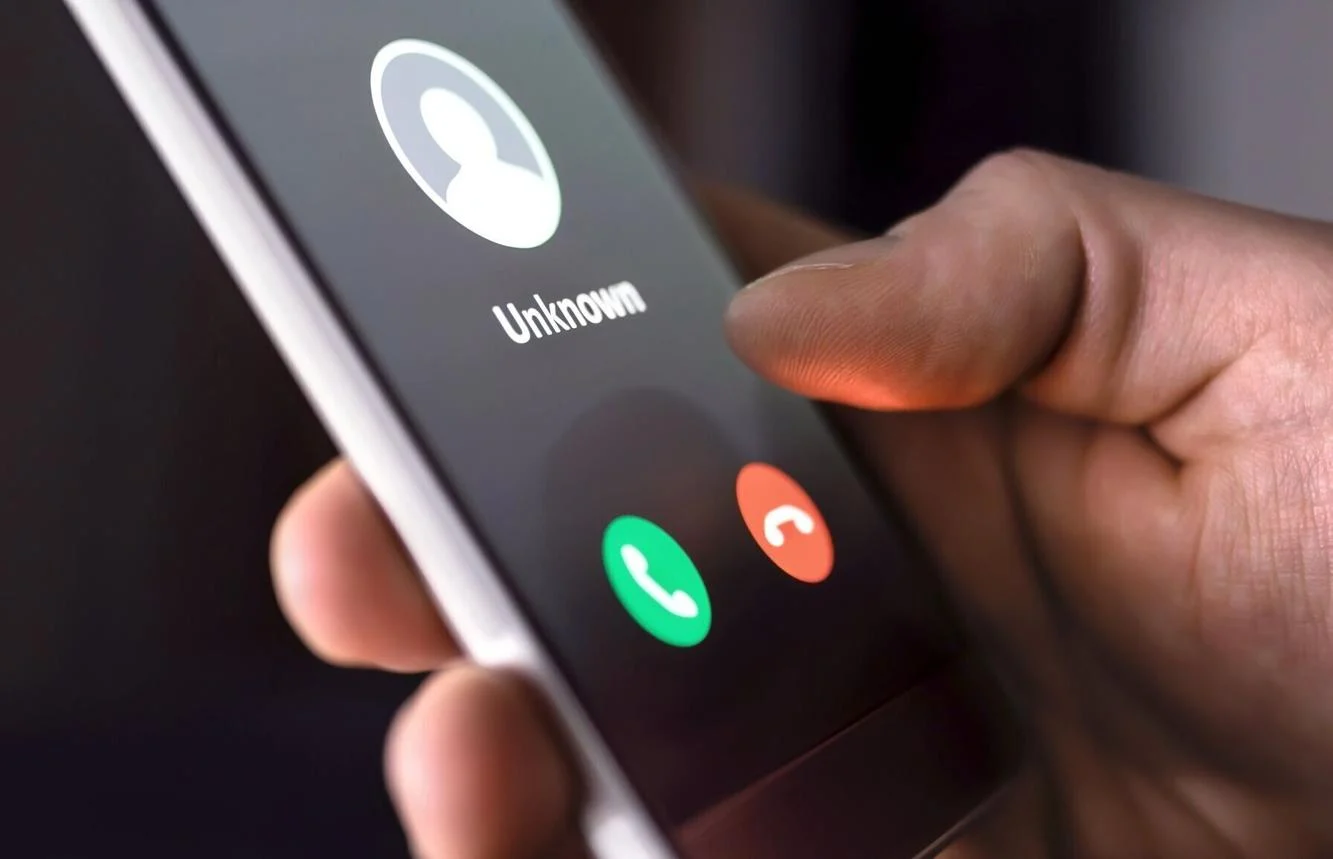Imagine your phone rings and the number matches the one printed on the back of your debit card — but on the other end of the line is a scammer. That’s the reality for many Canadians as caller ID spoofing becomes a favourite tool for fraudsters running bank impersonation and phishing scams.
Caller ID spoofing works by manipulating the number that appears on your screen, making it look like the call is coming from a legitimate source — a bank, police department, government agency, or even a local number to make you more likely to pick up. According to the CRTC, while the technology has some legitimate uses — like call centres or doctors displaying a main office number — scammers have weaponized it to gain trust and extract personal information.
Toronto cybersecurity expert Edward Kiledjian warns that the number on your screen is not proof of who’s calling. He advises never sharing personal or financial information with unsolicited callers, even if the number looks real. “Hang up and call the institution back using the number on your card or the bank’s website,” Kiledjian says. He also recommends waiting a moment before calling back or using a different line to ensure the first call has truly disconnected.
Police and the Canadian Bankers Association have repeatedly stressed that legitimate institutions will never call out of the blue to ask for sensitive information, threaten arrest, or demand money. If you suspect a scam, contact the Canadian Anti-Fraud Centre at 1-888-495-8501.
Scammers are getting smarter, but so can you — treat unexpected calls with skepticism, verify directly with your bank, and spread the word so friends and family don’t fall victim.

